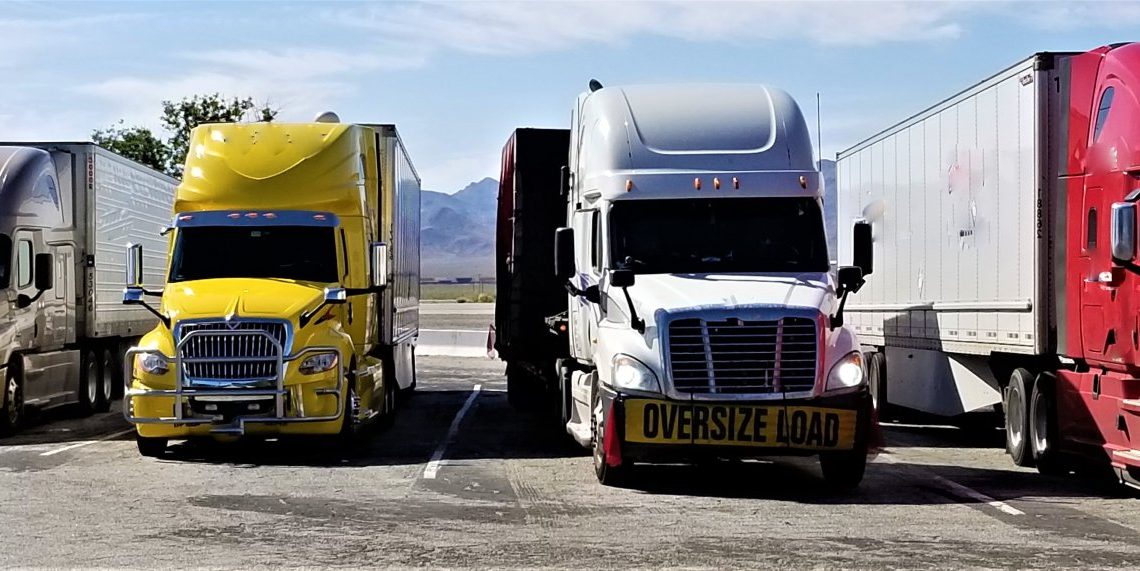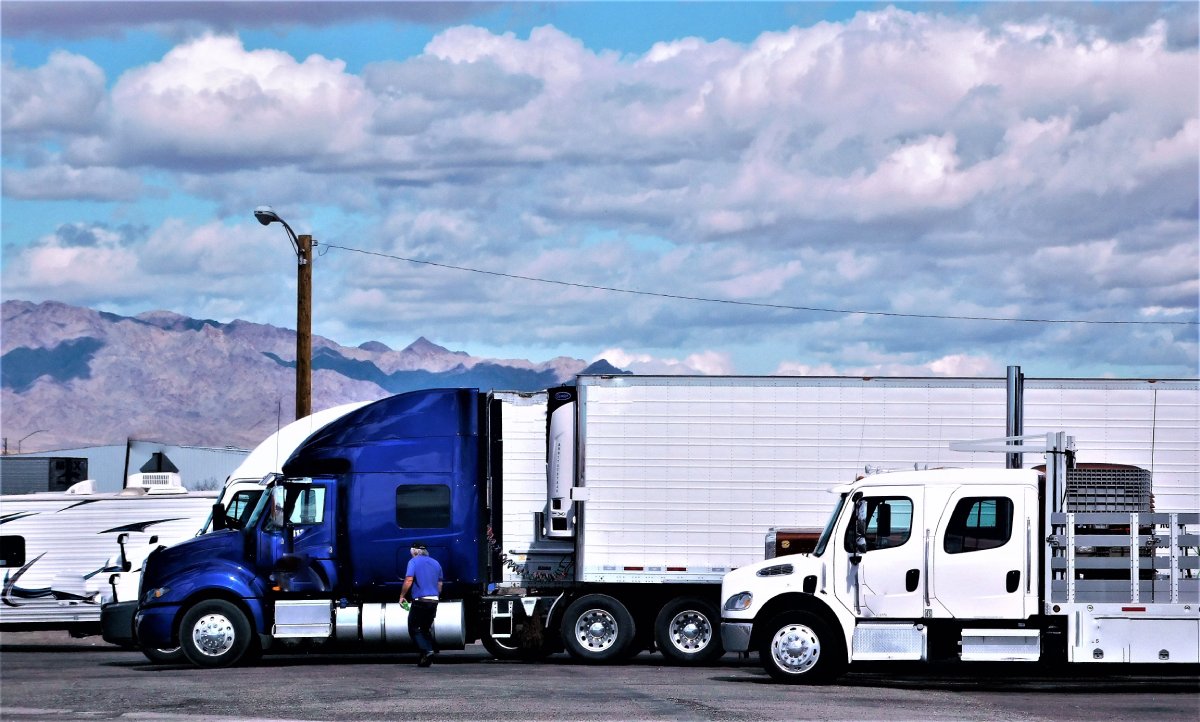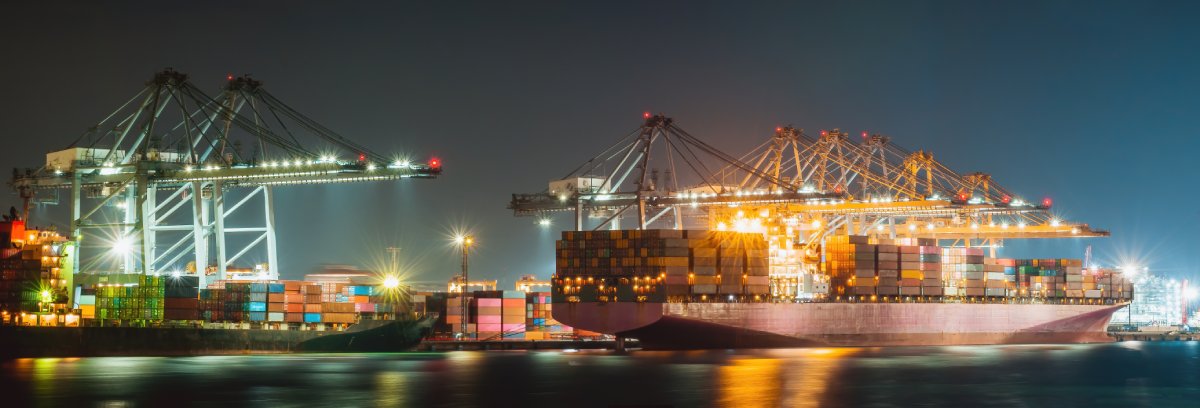
The world of logistics is packed with different terminology and the most frustrating part is that many of the terms are used interchangeably, thus adding to the confusion. For example, what is meant by ‘freight’? And what is the difference between ‘transport’ and ‘freight’?
In this article, we’re going to define freight, identify the various different types of freight in logistics, and highlight the key distinction between the words ‘freight’ and ‘transport’.
Read on if you’d like to know more…
What do you mean by freight?

What is meant by the word freight? The reason why there is often some confusion is that the word freight can refer to several different things, for example:
- Freight refers to the process of transporting any type of goods, items, or commodities in bulk via land, air, or sea.
- The term can also be used to refer to the amount paid for said transportation by any means, or the combination of all transportation methods.
What is the difference between transport and freight?
So, what is the difference between transport and freight? Ultimately, it depends on the context.
For example, ordinarily speaking, transport refers to the movement of people. A mode of transport could be a car, bus, boat, or plane, etc. However, in the context of freight forwarding and logistics, transportation refers to the process of moving goods from one location to another.
In this case, when transport and freight are used together, in the same context, the word ‘transport’ will typically refer to the mode/method of transportation being used – while the word ‘freight’ on the other hand will typically refer to the cost involved with moving the goods via the chosen transportation methods.
Or, in the case of a freight train, it is a mode of transportation that is specifically designed and reserved for the movement of goods. In no circumstance will a freight train be used for the transportation of people – only building materials and industrial supplies, etc.
How many types of freight are there?

Another aspect of freight that can get confusing is how many different types there are. For example, not only are there various different types of freight, but there are also additional types of freight shipping as well. Here’s what you need to know…
The 4 main types of freight shipping
There are 4 main types of freight shipping (e.g., transportation modes):
- Air freight
- Ground/land freight
- Ocean freight
- Rail freight
The 5 key types of freight
- Less than truckload (LTL): LTL freight is one of the most commonly utilised types of freight. It is also one of the more affordable land options as well. Rather than having to pay for an entire 10-wheeler delivery truck when you don’t have enough goods to fill a truck, your order is instead paired with other shippers with smaller orders, thus filling a truck together. The various shippers consolidate their deliveries, ultimately lowering costs and reducing their carbon footprint. While it certainly isn’t the fastest freight method, it is an excellent option.
- Full truckload (FTL): as you may have guessed, FTL refers to a mode of freight transit where shippers utilise an entire truckload by themselves. When you want to deliver large shipments in a specific condition – or without having to stop to drop off other shippers’ goods along the way – an FTL freight method is the way forward. Naturally, the cost is much higher, however, the delivery is faster and there are fewer risks of damaging your goods as there’s no loading and unloading in between.
- Partial truckload (PTL): PTL is the sweet spot between LTL and FTL. So, if you have a large order that doesn’t quite count as FTL, but is a significant amount larger than LTL, partial truckload freight is for you. This often refers to a specialised truck dealing with fewer loads, but a wider variety of cargo types.
- Expedited freight: The literal definition of the word ‘expedited’ is: “make an action or process happen sooner or be accomplished more quickly.” Thus, as the name suggests, expedited freight is a land-based delivery method that is perfect for those who need to deliver goods with great speed and urgency.
- Intermodal freight: The literal definition of the word ‘intermodal’ is: “involving two or more different modes of transport conveying goods”. As such, intermodal freight literally refers to the process of moving goods from one location to another using multiple freight transportation types. For example, if you were making deliveries to the Philippines, or any other country with lots of individual islands, there’s a good chance you would need to use land and ocean freight – making intermodal the appropriate option.
-
- There is also multimodal freight, which refers to the process of shipping goods using several types of the SAME transportation mode. For example, FTL to a distribution centre, then multiple vans to make the last-mile deliveries of the goods (the same mode of transportation, multiple times).
Conclusion
As you can see, there are many different types of freight, each with its own unique pros and cons. Ultimately, when choosing the best freight forwarding/logistics company to roll with, they will be able to advise you on which freight methods and transportation modes will be best suited to your needs and requirements.
If you find yourself overwhelmed and in need of further guidance, find a well-established company like Darwin Transport and they’ll be able to advise you accordingly.
We hope you’ve found this article insightful and wish you the very best of luck with your freight transportation and logistics needs.

